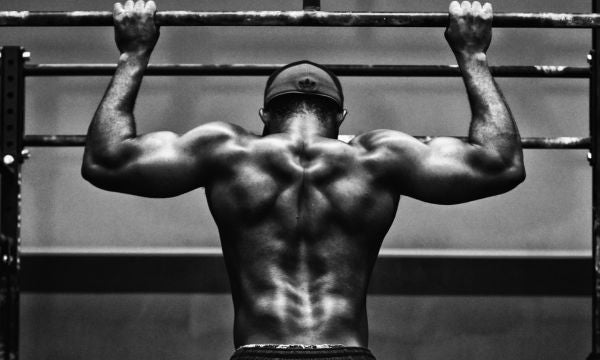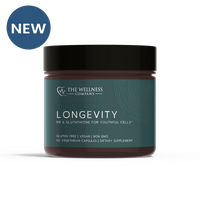Frozen Gains: The Surprising Impact of Cold Exposure on Muscle Growth

In recent years, cold exposure has taken the internet by storm, thanks to countless wellness influencers and podcasters singing the praises of icy showers, polar bear swims, and cold plunges. Many people are drawn to cold exposure for its wide range of mental and physical health effects, such as improved mental clarity, reduced inflammation, and enhanced dopamine release.
But before you dive headfirst into the trend, it's worth exploring one potential downside of cold exposure: stunted muscle growth.
The Biology of Cold
First, let's explore the science behind cold exposure. When you immerse your body in cold water, what actually happens? Well, first off, your blood vessels constrict in order to minimize heat loss and preserve a steady internal core temperature. For years, fitness experts have touted this as a uniformly positive effect on physical function – vasoconstriction means reduced inflammation, and reduced inflammation means better recovery, right?
Well, not so fast. While ice baths might feel great, research has shown that cold exposure massively impairs muscle growth following a workout.
How Muscles Grow
When you finish a sufficiently intense workout, your body doesn't just rest; it works overtime to repair the damage and make your muscles even stronger than before. But here’s the rub: this process requires blood flow, something that cold exposure reliably decreases.
Despite the longstanding idea that inflammation is uniformly bad, we need temporary inflammation to facilitate cellular repair and help us adapt. While cold exposure does tend to reduce soreness, research has confirmed that post-exercise cold exposure puts muscle growth on ice, attenuating the acute growth signaling in muscle tissue, ultimately leading to fewer long-term gains in muscle size and strength.
So while the cold might reduce soreness, enhancing recovery and enabling you to work out again sooner, it will make the workout that you just did less effective. The same goes for other things that blunt inflammation, such as drugs like ibuprofen.
Performance Considerations
At this point, if you're trying to build muscle, you may be wondering if you should abandon your frosty ritual altogether. The reality is that it all comes down to your goals, and the distinction between recovery and growth.
If you’re an athlete and your goal is simply to perform, recover quickly, and perform again, then cold exposure could be a great tool to leverage. If, however, your goal is truly to maximize muscle growth, doubling down on cold exposure could be undoing some of your hard work. That is, unless you are careful about timing.
Timing is Key
While it’s true that cold can blunt muscle growth, experts believe that as the hours pass after a workout, this effect becomes less significant. So, if you're set on taking the plunge, consider doing it before your workout, or waiting 6-8 hours afterwards.
Bottomline
Now that we've unpacked the science, let’s summarize what this means for those looking to maximize muscle growth. Well, if you're on a mission to build muscle, it might be best to keep the cold exposure to a minimum, at least right after a workout. Consider swapping out the icy dip for more evidence-based recovery methods like optimal sleep, solid nutrition, and a smart training program.
If you still want to reap the mental and physical benefits of cold exposure, simply time your icy adventures to avoid the critical period after your workout. That way, you can chill out without putting your muscle gains on ice.
References
Roberts, L. A., Raastad, T., Markworth, J. F., Figueiredo, V. C., Egner, I. M., Shield, A., ... & Peake, J. M. (2015). Post-exercise cold water immersion attenuates acute anabolic signalling and long-term adaptations in muscle to strength training. The Journal of Physiology, 593(18), 4285-4301. https://doi.org/10.1113/JP270570
Tseng, C. Y., Lee, J. P., Tsai, Y. S., Lee, S. D., Kao, C. L., Liu, T. C., ... & Kuo, C. H. (2013). Topical cooling (icing) delays recovery from eccentric exercise-induced muscle damage. Journal of Strength and Conditioning Research, 27(5), 1354-1361. https://doi.org/10.1519/JSC.0b013e318267a22c














